The objective of the program for continuous monitoring of the effluents produced at Copel’s facilities is to record and guarantee the regularity of the facilities, ensuring compliance with the legal requirements and the conditioning factors of the environmental licensing of the undertakings, aiming to:
– Monitor the parameters established for the compliance of the discharge of sanitary and industrial effluents; and
– To prevent environmental impacts on the hydric environments associated to the undertakings.
The main benefits of the Effluent Monitoring Program refer to the preservation of the collective health and well-being through the ecological balance of the aquatic environment and water quality.
The monitoring consists in periodic collections from the effluent treatment systems in order to guarantee their efficiency and operationality. The collections are planned taking into consideration the legally established frequency and the specific requirements of the Conditioning Factors of the Operation Licenses of each enterprise.
The physical-chemical and microbiological analyses are carried out by a certified laboratory, which issues laboratory analysis reports and annual reports for a monitoring cycle. The technical management team evaluates and controls the results of the campaigns and, when disagreements or non-conformities with the legislation are verified, it informs the responsible operational area in order to take corrective action in the treatment system, when necessary.
Figure 3 : Collection of drainage well in Mechanical gallery of the plant.







